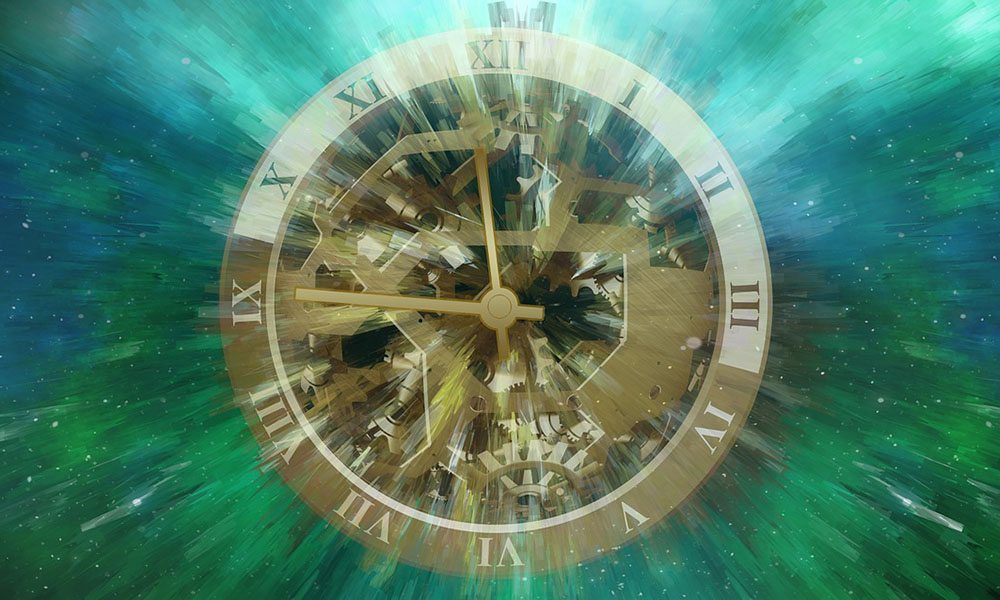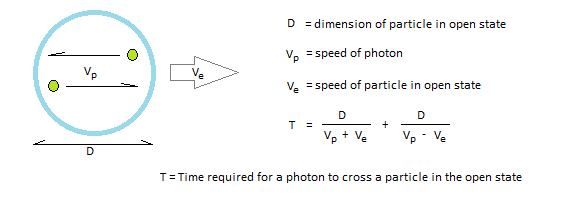Mass is a central concept in physics. Yet, when people go looking for it by…

Photons and Time
It is well know that physical processes slow down at high speeds. Energy transfers take more time. Clocks grind to a halt.
Einstein explains this in his theory of relativity. But there are other ways to explain it.
Using the physics presented here, we find an explanation in how energy is transferred between objects of inertial matter.
Energy transfers
The faster something moves, the harder it is to transfer energy to it. Because energy transfers to and from objects involves the aether.
Particles in the aether communicate energy from one object to another. However, this can only happen when objects travel slower than the particles in the aether.

This is analogous to us trying to push energy onto a moving cart.
We can only do this as long as the cart moves slower than we do.
The faster the cart moves, the harder it is to transfer energy onto it. Should the cart reach our own speed, energy transfers become impossible.
A paradox
However, it’s incorrect to say that all physical processes stop at the speed of light. Because photons change despite moving at the speed of light.
Photons are characterized by their ability to change. They carry energy from one place to another. They can also change their polarity and direction.

So, there appears to be a difference between time as it relates to inertial matter, and time as it relates to photons.
Time grinds to a halt when objects of inertial matter approach the speed of light. Yet photons change in all sorts of ways even though they travel at the speed of light.
This poses a paradox. Because it implies that time is two different things depending on context.
Our understanding of time relates to inertia
The key to unraveling this paradox is to keep in mind that we’re dealing with an abstraction.
Time is not some absolute, external to photons and inertial matter. On the contrary, it can only be understood in terms of relative motion. Which means that inertial matter is integral to our perception of time.
There’s no way to construct a clock of any kind without the use of inertial matter.
This includes our own bodies. Our so called biological clocks.
So, when we say that time grinds to a halt when an object approaches the speed of light, we’re referring to energy transfers to and from inertial matter. We’re talking about inertia.
Photons as self contained energy transmitters
However, photons are self contained packages of particle and pilot wave. They carry their own energy transferring mechanism with them.

They change through direct contact.
Unlike inertial matter, photons require no help from an aether in order to change.
So, in our final analysis, we find that our paradox relates to how we define time.
As long as we think of time as something external to photons and inertial matter, the paradox persists.
However, when we define time as relative motion between inertial matter and photons, the paradox goes away.

Conclusion
Time is not something external to photons and inertial matter. It’s an abstraction that relates the one to the other. Time only exists where photons interact with inertial matter.



Comments (0)